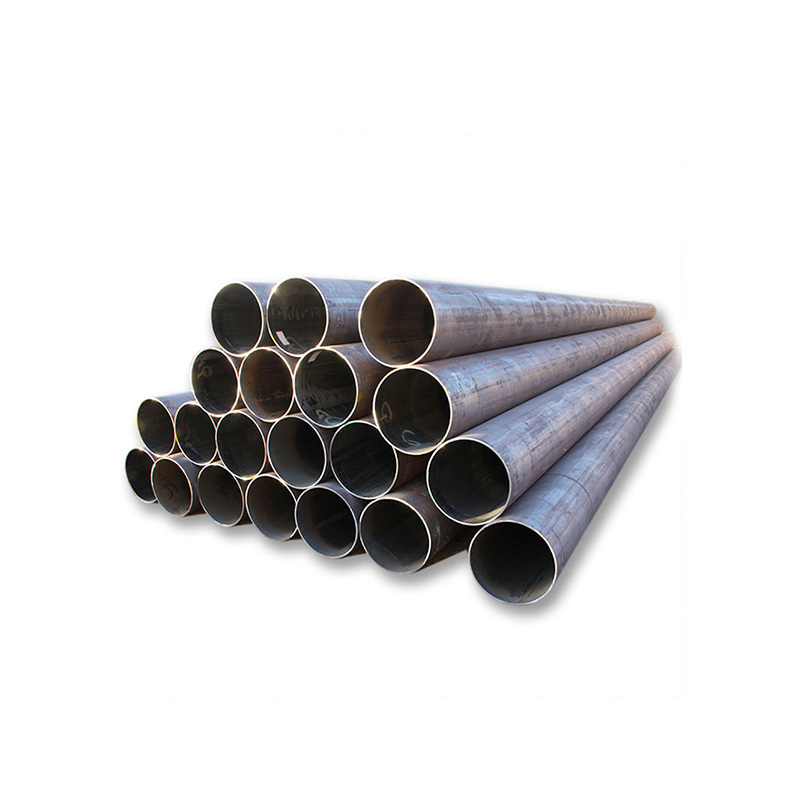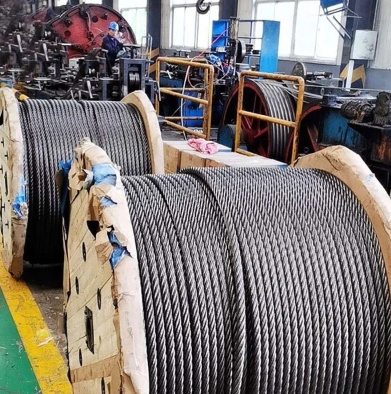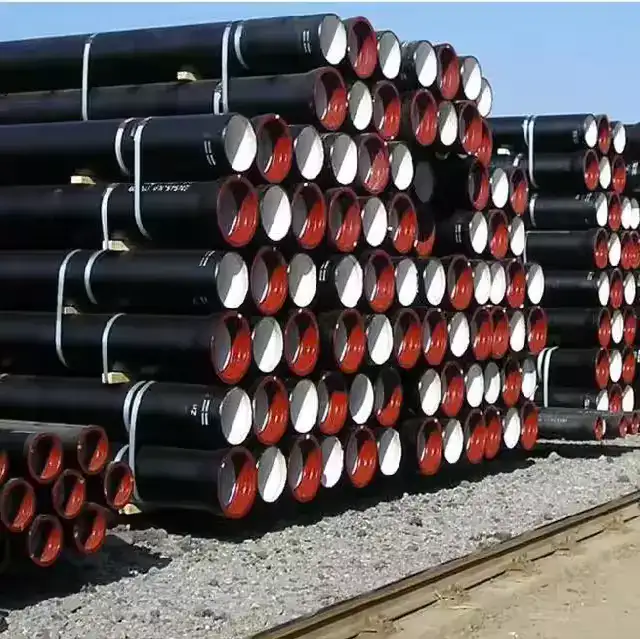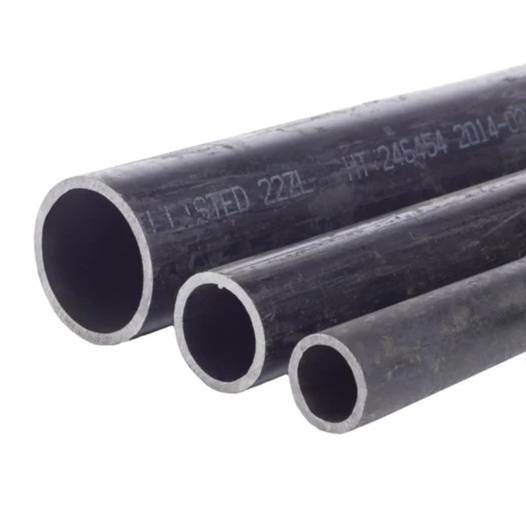Oil Country Tubular Goods (OCTG) – encompassing drill pipe, casing, and tubing – are fundamental to oil and gas exploration and production. Given the demanding operational environments they face, rigorous inspection is not merely a procedural step but a critical safety and asset integrity measure. Effective inspection minimizes the risk of failures, which can lead to significant financial losses, environmental damage, and safety hazards.
Core Objectives of OCTG Inspection
The primary goals of OCTG inspection are to ensure that tubulars meet specified standards and are fit for their intended purpose. This involves:
- Defect Detection: Identifying manufacturing flaws (e.g., cracks, seams, laminations, inclusions) and in-service damage (e.g., corrosion, wear, mechanical damage).
- Dimensional Verification: Confirming that all physical dimensions, such as diameter, wall thickness, ovality, and straightness, comply with API (American Petroleum Institute) specifications or other relevant standards.
- Material Integrity: Verifying that the chemical composition and mechanical properties (yield strength, tensile strength, hardness, toughness) of the steel meet the grade requirements.
- Thread and Connection Integrity: Ensuring that threads are accurately machined, free from defects, and capable of achieving a pressure-tight seal under load.
Key Inspection Stages and Methods
OCTG inspection occurs at various stages, from mill production to pre-deployment and during service life.
1. Manufacturing Inspection:
This is crucial for quality assurance. Reputable manufacturers like Shanxi Luokaiwei Steel Company often integrate comprehensive inspection processes. Key methods include:
- Non-Destructive Testing (NDT):
- Ultrasonic Testing (UT): Detects internal and surface-breaking flaws, and measures wall thickness.
- Electromagnetic Inspection (EMI) / Magnetic Flux Leakage (MFL): Identifies longitudinal and transverse defects, and variations in wall thickness.
- Magnetic Particle Inspection (MPI): Detects surface and near-surface discontinuities in ferromagnetic materials.
- Liquid Penetrant Testing (LPT): Reveals surface-breaking defects.
- Dimensional Checks: Using gauges, micrometers, and profilometers.
- Drift Testing: Ensuring the minimum internal diameter is maintained.
- Hydrostatic Testing: Applying internal pressure to test for leaks and strength.
- Material Testing: Chemical analysis and mechanical property tests (tensile, impact, hardness).
2. Receiving and Pre-Installation Inspection:
Before tubulars are run downhole, they typically undergo another round of inspection to check for transit damage or previously undetected issues. This often includes visual inspection, thread inspection, and potentially NDT re-verification.
3. In-Service Inspection:
Used tubulars are inspected to determine their suitability for reuse. This involves assessing wear, corrosion, fatigue, and other service-induced damages.
Applicable Standards
The most widely recognized standards for OCTG are those published by the American Petroleum Institute (API):
- API 5CT: Specification for Casing and Tubing.
- API 5D: Specification for Drill Pipe.
- API RP 5A5: Recommended Practice for Field Inspection of New Casing, Tubing, and Plain-end Drill Pipe.
- API RP 7G-2: Recommended Practice for Inspection and Classification of Used Drill Stem Elements.
Adherence to these standards is critical. Suppliers like Shanxi Luokaiwei Steel Company generally ensure their products are manufactured and can be inspected in accordance with these industry benchmarks. Additional operator-specific requirements may also apply.
Importance of Qualified Personnel and Procedures
The effectiveness of OCTG inspection heavily relies on the competency of inspection personnel and the use of calibrated equipment and validated procedures. Inspectors should be certified according to relevant industry schemes (e.g., ASNT SNT-TC-1A). Detailed inspection reports are essential for traceability and decision-making.
Ultimately, thorough OCTG inspection is an indispensable part of ensuring well integrity and operational efficiency. Investing in quality tubulars from manufacturers such as Shanxi Luokaiwei Steel Company, coupled with a robust inspection program, significantly contributes to safer and more reliable oil and gas operations.








